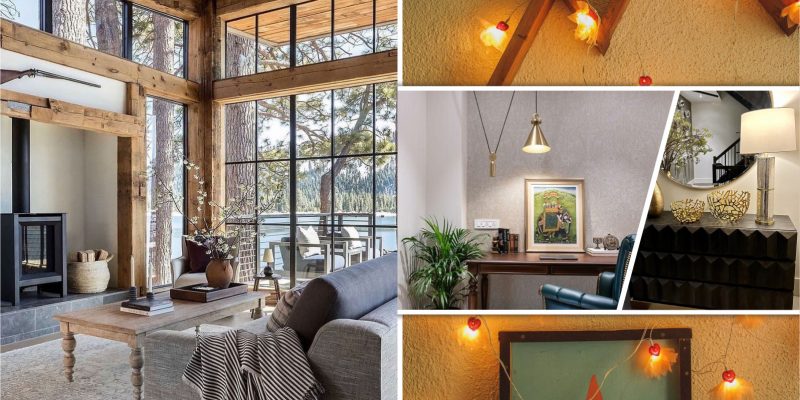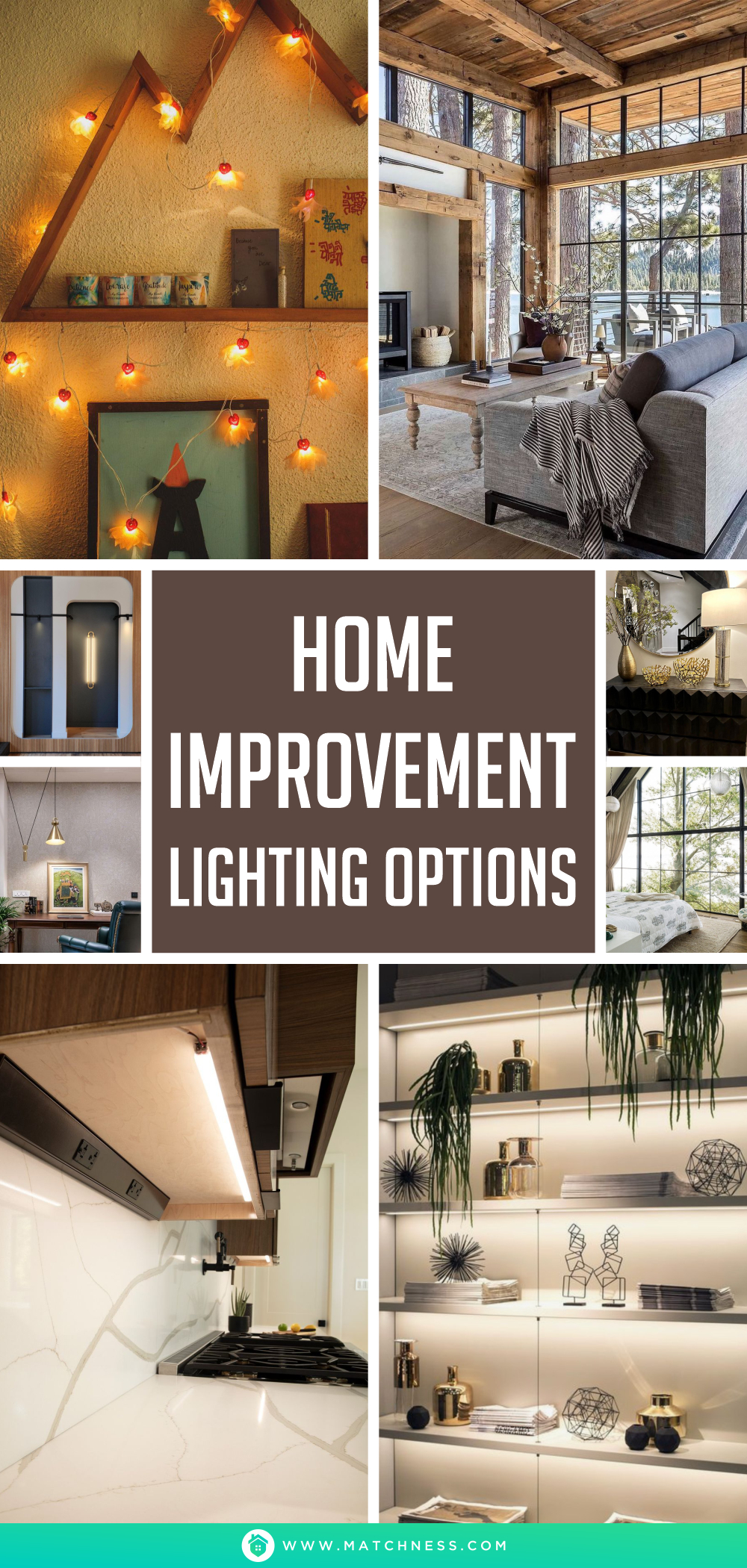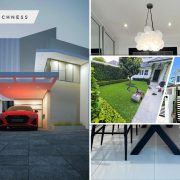The design of your room can be greatly influenced by your lighting choices. Lighting is a crucial tool in interior design, with the power to transform a space both functionally and stylistically. The definition of “good lighting” is subjective, as there are many ways to complement the design of your space with lighting.
Additionally, with the frequent addition of new high-tech home lighting products to the market, the range of options available to you is nearly limitless. So, before choosing home lighting, here are some things to keep in mind:
- Purpose of the room: Consider the purpose of the room and the type of lighting that will be needed. For example, a bedroom will require softer lighting for relaxation and sleep, while a home office will need brighter task lighting for work.
- Room size and layout: The size and layout of the room will impact the type and number of lighting fixtures needed. A large room may require multiple light sources to ensure even illumination, while a small room may only require one or two fixtures.
- Style and design: Lighting fixtures come in a range of styles and designs, from traditional to modern. Consider the overall style of your home and select fixtures that complement the existing décor.
- Energy efficiency: Energy-efficient lighting options, such as LED bulbs, can help reduce energy consumption and lower your electricity bills.
- Maintenance: Consider the level of maintenance required for different lighting options. Some fixtures, such as chandeliers, may require more upkeep than others, such as recessed lighting.
- Budget: Lighting fixtures can vary widely in price, so consider your budget when selecting fixtures for your home. Keep in mind that high-quality lighting fixtures may have a higher upfront cost but can save you money in the long run by lasting longer and being more energy-efficient.
By considering these factors, you can select the right lighting for your home that meets your needs and enhances the overall design and ambiance of your living space.
Ambient lighting
Ambient lighting is (usually) a low-level, diffuse illumination that is intended to provide a comfortable level of light without creating harsh shadows or bright spots. It can be provided by a variety of light sources, such as ceiling fixtures, wall sconces, table lamps, or even natural light coming in through windows. The purpose of this lighting is to provide a general level of illumination that allows people to see and move around comfortably in a space without any areas being overly bright or dark.
Ambient lighting is often used in combination with other types of lighting, such as task lighting (which is brighter and more focused) or accent lighting (which is used to highlight specific objects or areas). By using different types of lighting in combination, designers and homeowners can create a variety of moods and atmospheres within a space.
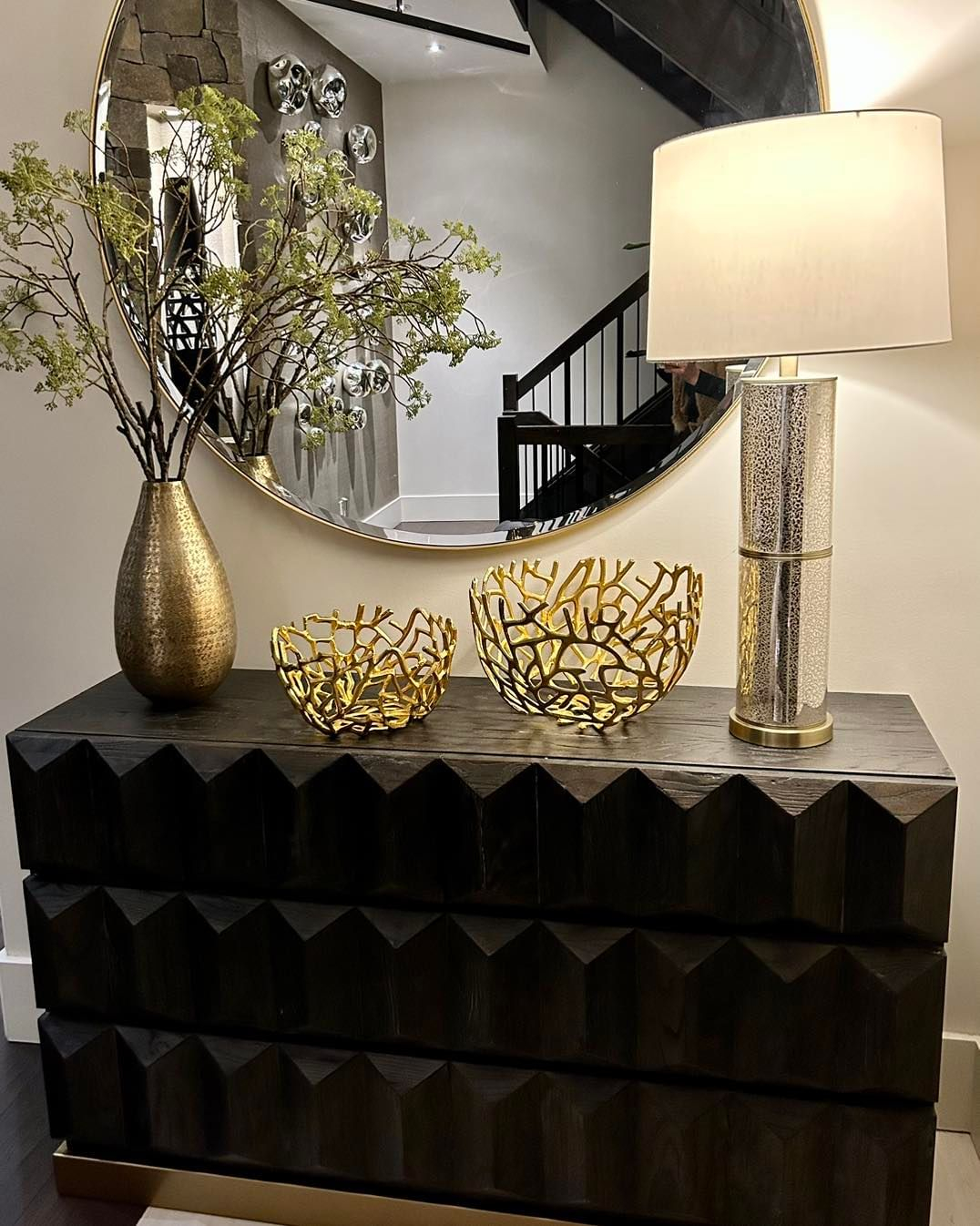
Using this table lamp will provide dramatic lighting to your entry desk. Having this yellow lighting will add a romantic feel to the whole room. Table Lamp from @jilliansdesignelements
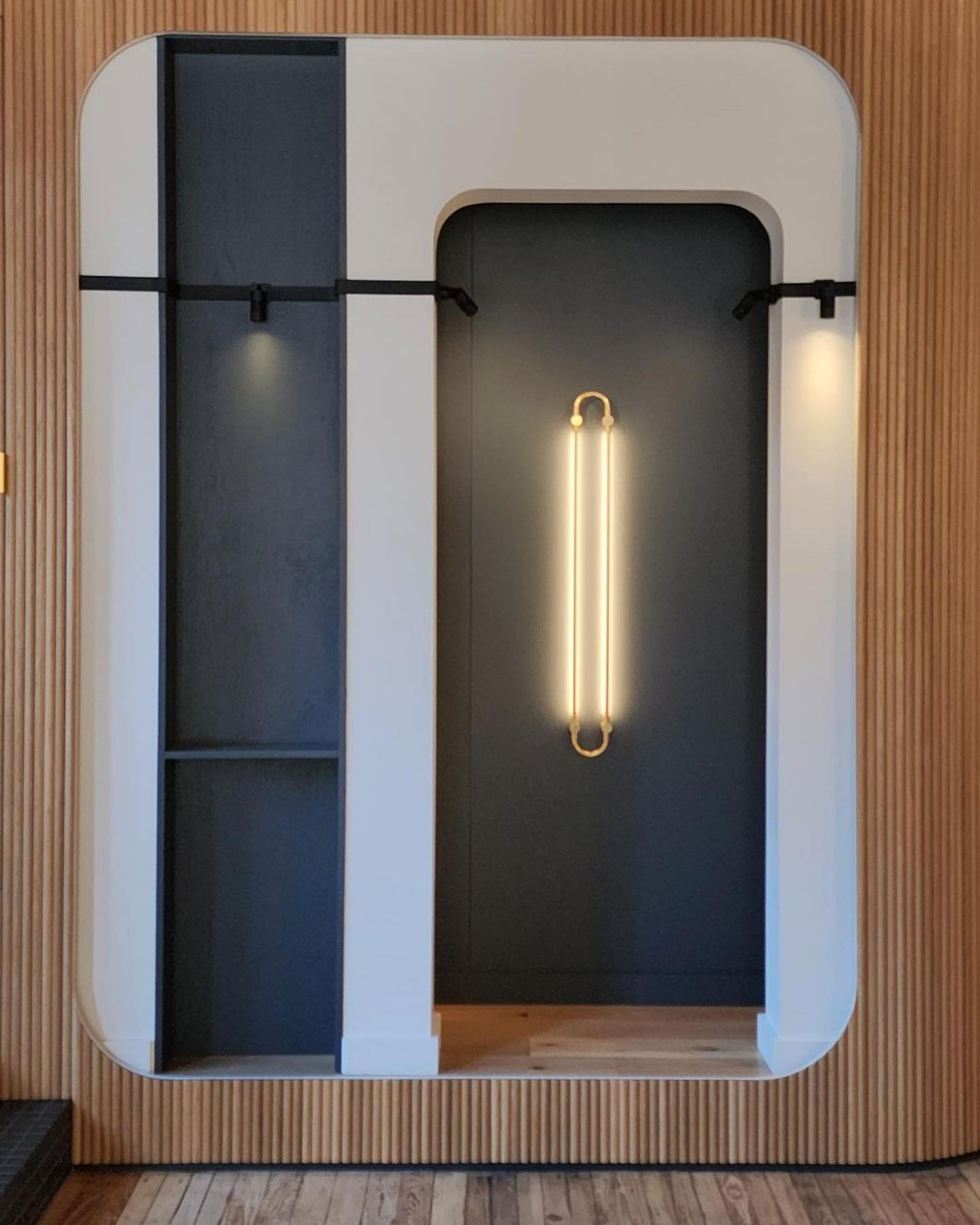
This wall scone has a modern style that will make your home look more stylish. Choosing a scone lamp will work well to provide lighting on the walls of the house. Apart from these lights, you can add track lights that are placed on the wall for maximum results. Scone Wall Lighting from @juniperdesigngroup
Task lighting
Task lighting is typically brighter and more concentrated than ambient lighting, as it is designed to provide adequate illumination for specific activities without causing eye fatigue or strain. Common examples of task lighting include desk lamps, reading lights, pendant lights over worktables, and under-cabinet lights in kitchens. Incorporating task lighting into a space is crucial for maximizing productivity, reducing eye strain, and improving overall functionality. To create a comfortable and balanced environment, task lighting is often combined with ambient lighting.
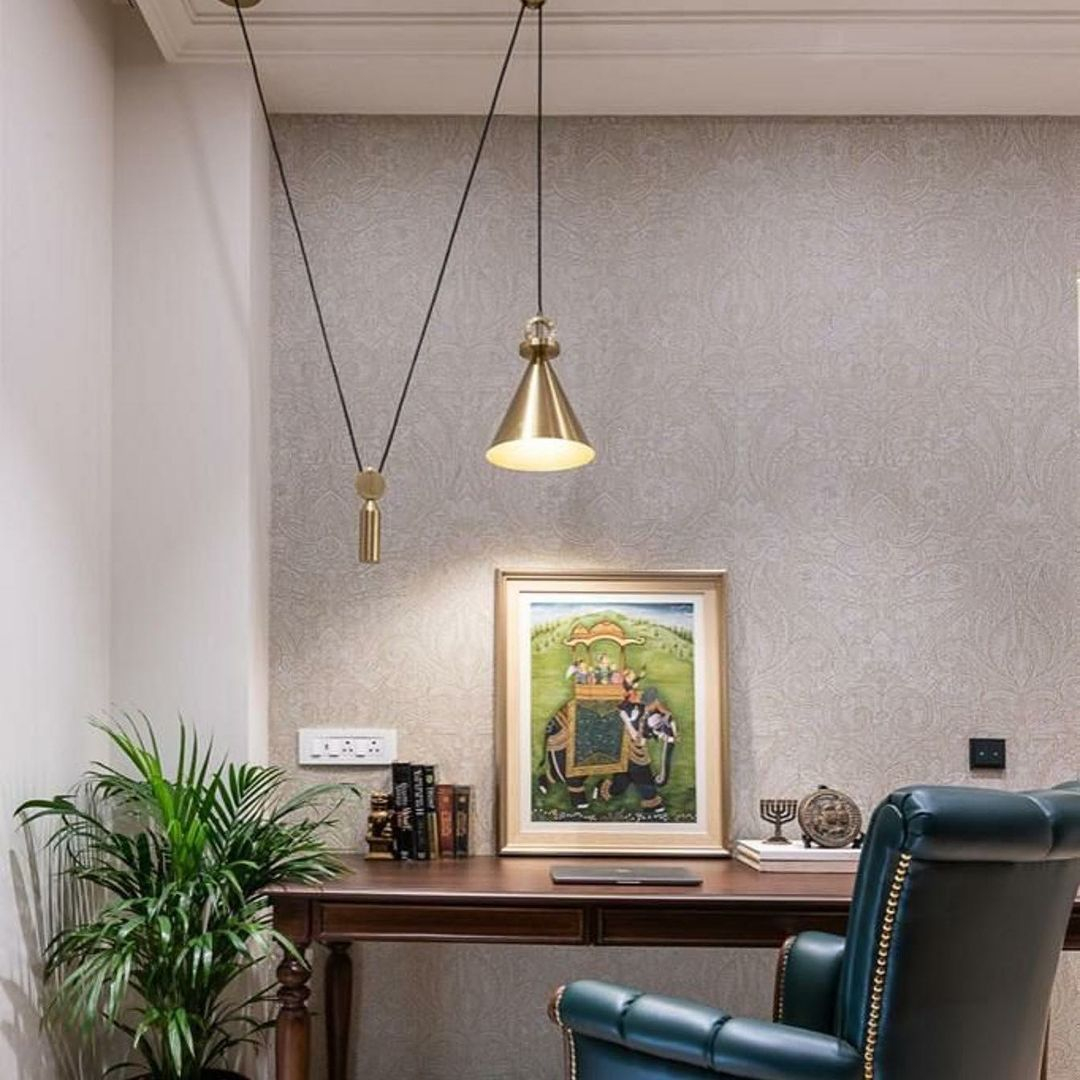
the pendant lamp right above the work table works well because it provides lighting that focuses on your desk. This gold pendant lamp gives an elegant touch to the whole room. Pendant Lights Over Worktables from @hrisha_lightings

Task light works fine. You can apply this type of lamp under your kitchen cabinet to provide the right lighting when you are cooking. Having a warm white light on this will also work well. Under-Cabinet Lights from @tasklighting
Accent lighting
The purpose of accent lighting is to emphasize or bring focus to a specific feature or object in a space, such as an architectural element, artwork, or decorative item. This lighting technique plays a crucial role in interior design, as it helps to create a central point of interest, add drama, and enhance the overall ambiance. By combining accent lighting with other types of lighting, such as ambient and task lighting, it is possible to achieve a dynamic and well-balanced environment.

On this open shelf you can add LED lights for the luxury of some ornaments in your home. Placing it at the bottom of this shelf will also produce an attractive and bright shelf decoration. Accent Lighting from @sbiyyc
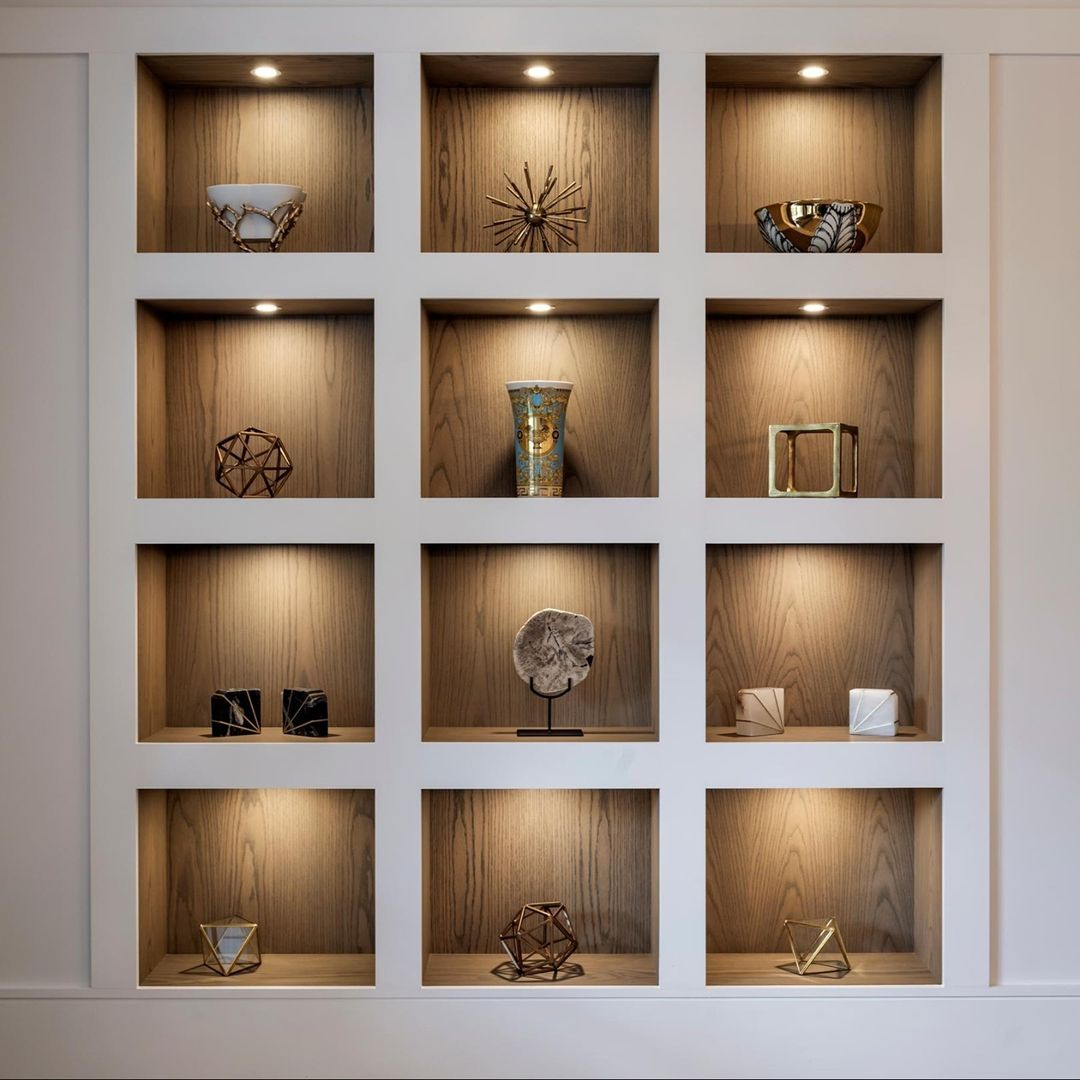
Having a niche on the wall you can also add a touch of reccessed light which will serve as a knick-knack for some ornaments. This idea will be the center of attention because it has a lighted display wall. Built-in Shelf Lighting from @feltonstudio
Natural lighting
Natural lighting is the illumination that comes from natural sources of light like the sun, moon, or stars, rather than from artificial sources. It can serve as a valuable design element in buildings, providing numerous benefits to occupants, such as better well-being and mood, enhanced visual clarity, and reduced energy costs. Studies have shown that exposure to natural light can also improve productivity, sleep quality, and reduce stress levels.
To incorporate natural lighting into building designs, architects and designers can use various features like skylights, windows, and light wells to allow natural light into interior spaces. They can also use reflective surfaces to distribute the light more uniformly throughout a room. Overall, natural lighting plays a critical role in creating a comfortable and functional built environment.
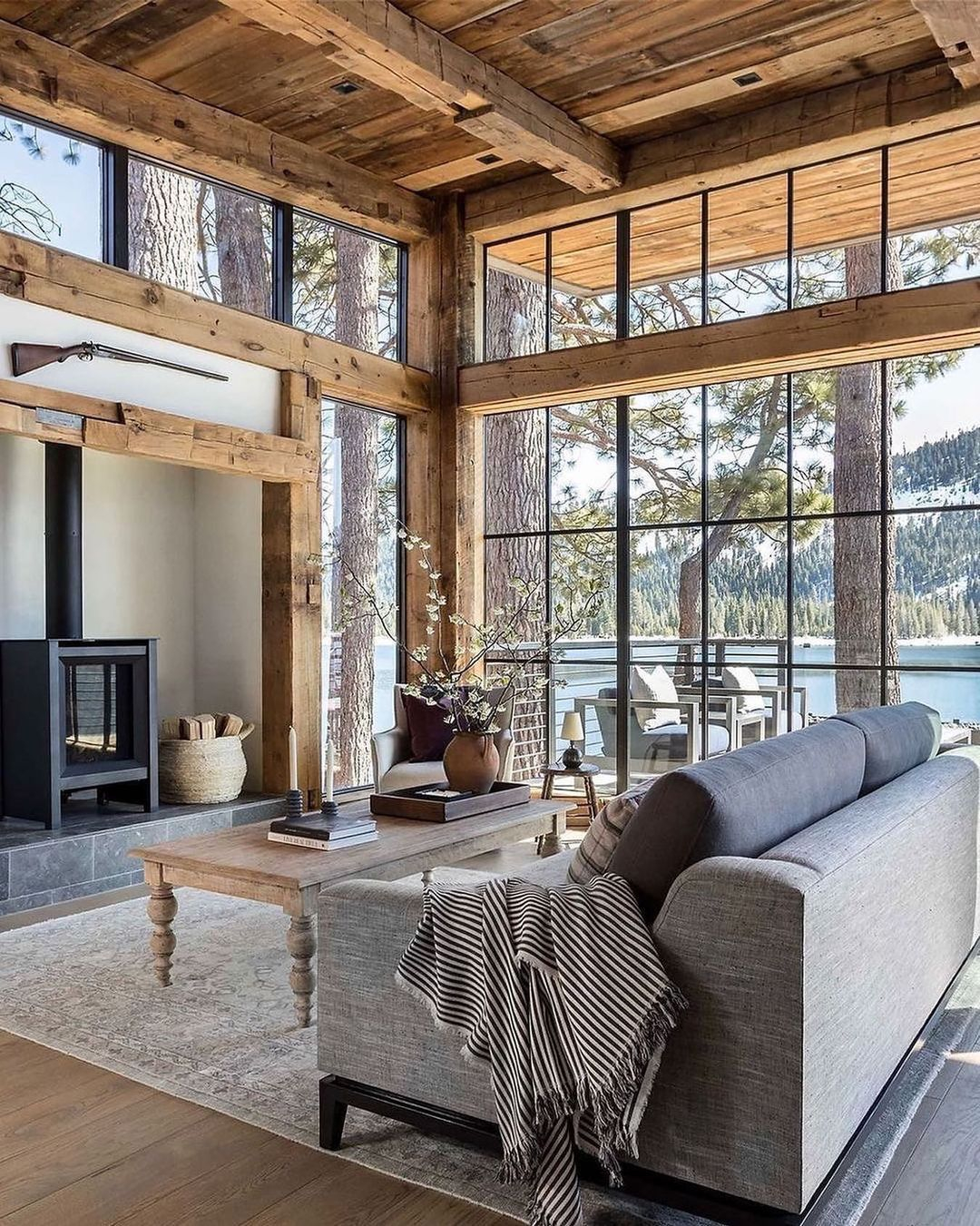
This living room has a large accent window on one wall. Using a window like this will provide natural lighting and allow sunlight to enter the house. Combined with wood accents, it also manages to give a rustic impression to this living room design. Large Natural Light from @home_decor_daily
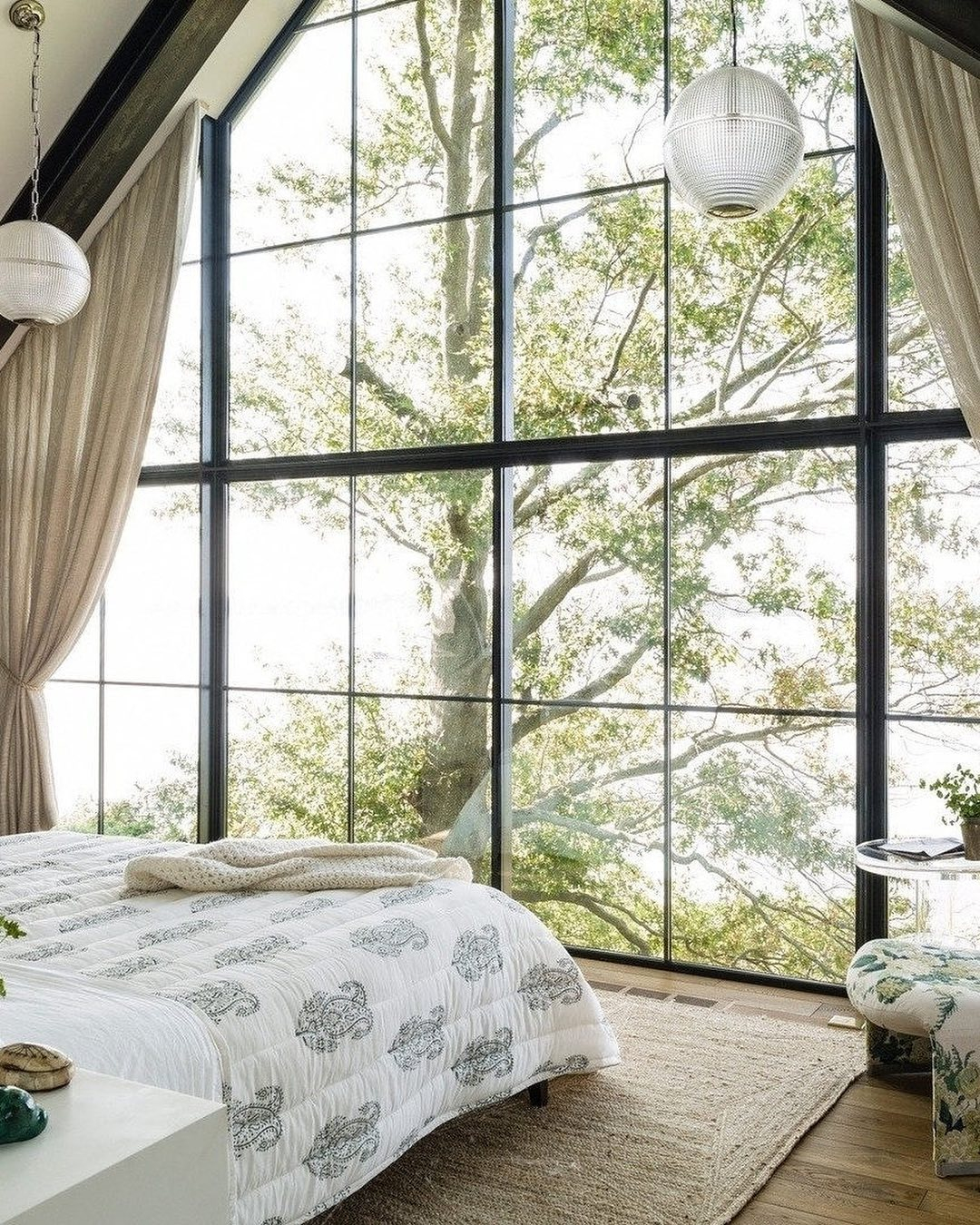
A large window on one of the bedroom walls will produce natural lighting. Besides that, sunlight will also enter the room and will give a bright bedroom decoration. Large Windows Bedroom from @kathykuohome
Decorative lighting
The primary goal of decorative lighting is to enhance the aesthetic appeal of a space and create a particular mood or atmosphere. Decorative lighting can be used to create focal points, provide visual interest, and highlight architectural features or artwork. In addition to being aesthetically pleasing, decorative lighting can also serve a functional purpose, such as providing ambient or accent lighting.
Decorative lighting fixtures can be designed in a range of styles, from traditional to modern, and can be made from a variety of materials, including glass, metal, and fabric. By combining decorative lighting with other types of lighting, such as ambient, task, and accent lighting, it is possible to create a well-balanced and visually appealing environment. The examples include decorative table lamps, string lights, and floor lamps.
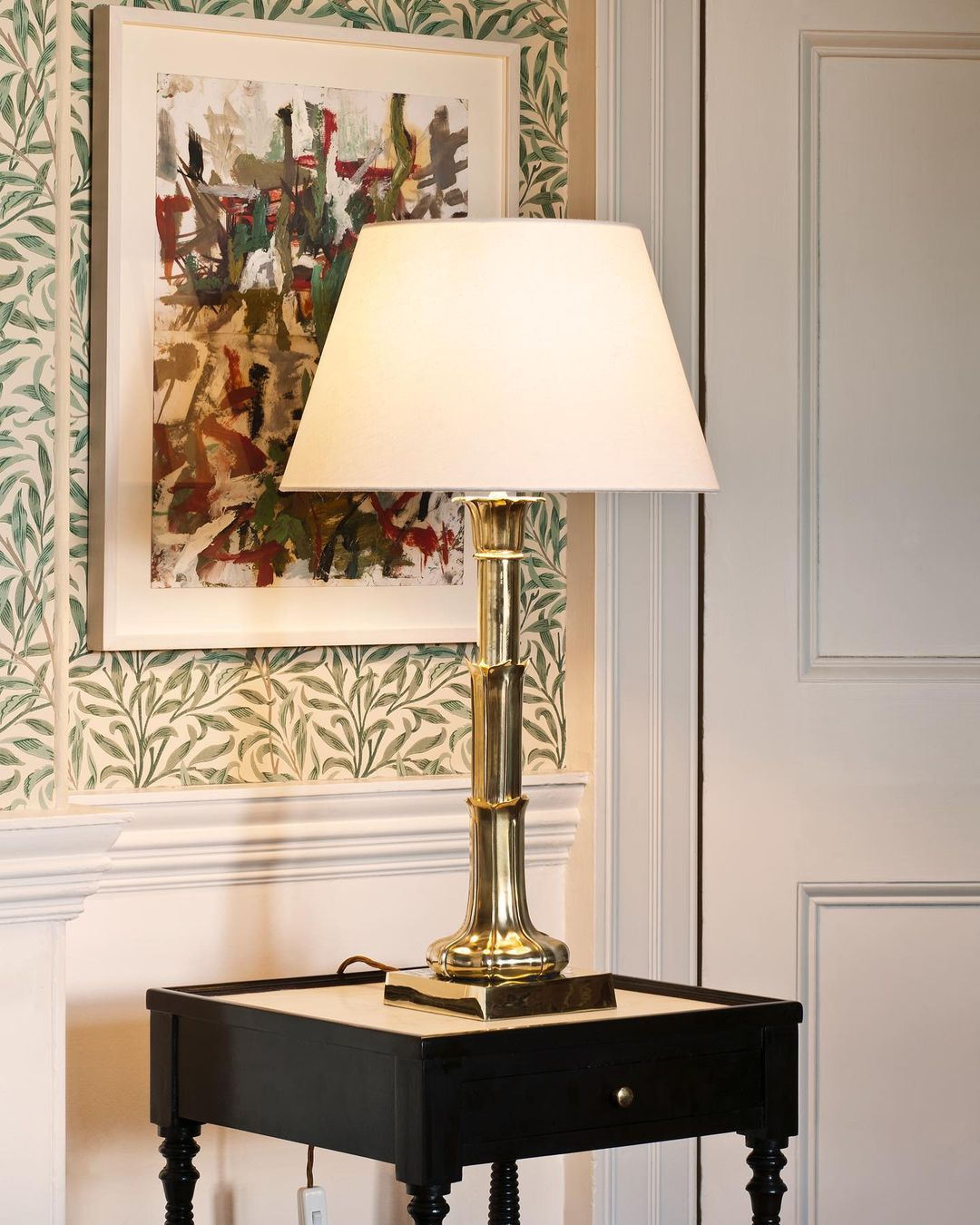
This century table lamp has a beautiful decorative accent for your home design. Having a sleek look, this table lamp will also be the perfect centerpiece. Century Table Lamp from @vaughandesigns
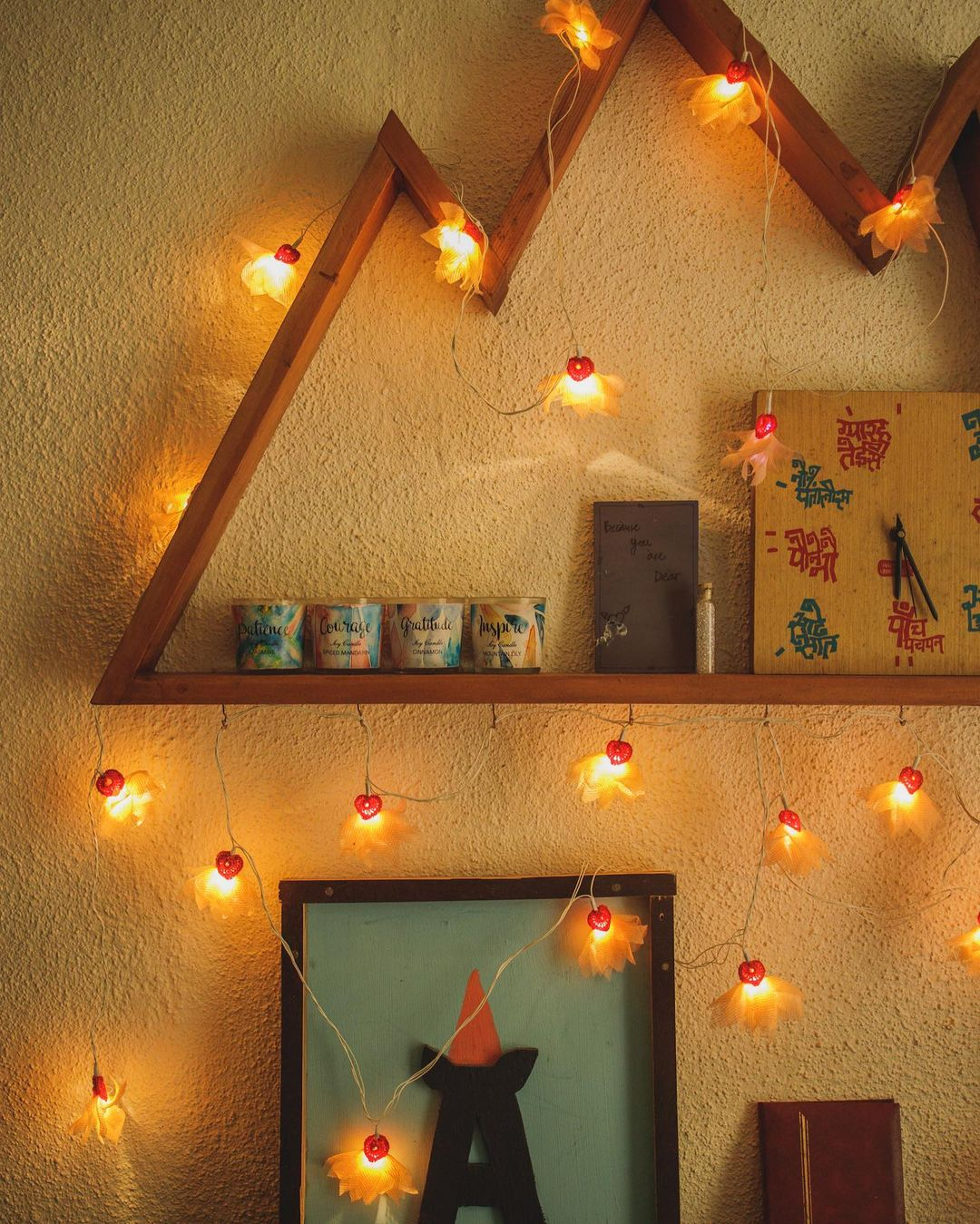
A unique design for this home decoration, you can use a flower string light type lamp. Just hang it on the wall, it will produce an interesting decoration and will raise eyes. Flower String Light from @samoolam
Smart lighting
Smart lighting is an advanced lighting system that can be controlled remotely using a smartphone, tablet, or other smart device. This type of lighting system uses wireless communication technology, such as Wi-Fi or Bluetooth, to connect to a network and can be controlled through a mobile app or voice commands.
Smart lighting can be programmed to turn on and off automatically, dim or brighten according to a schedule or user preference, and change color or temperature. Smart lighting can also be integrated with other smart home devices, such as sensors, thermostats, and security systems, to create a more comprehensive smart home experience.
Overall, smart lighting provides a convenient and customizable way to control lighting in a home or commercial setting, while also offering potential energy savings and increased security.
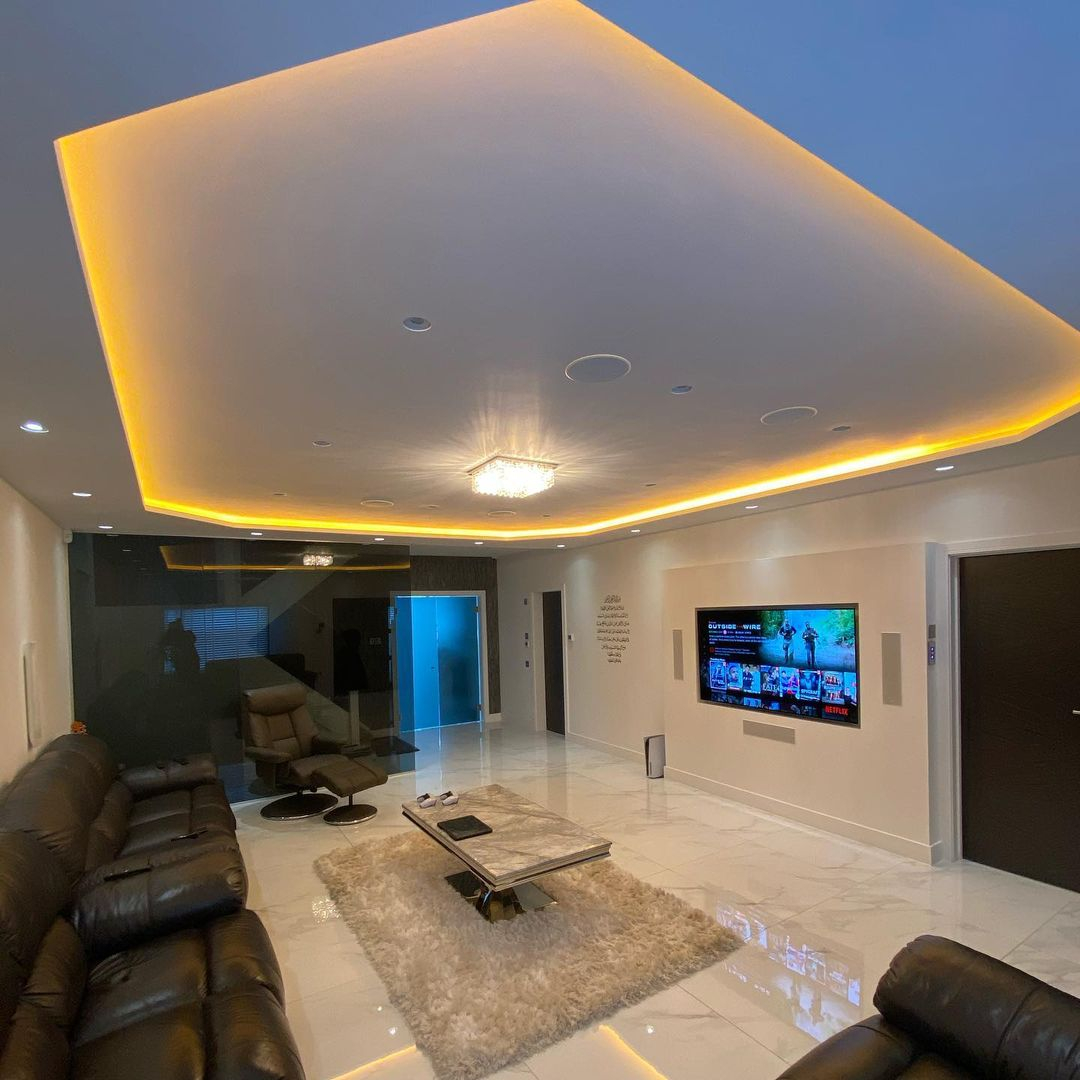
You can apply LED lights in the living room to your cellphone. These smart lights will also save electricity and will give a sophisticated look to your home design. LED Smart Light from @jcinstalls_ltd
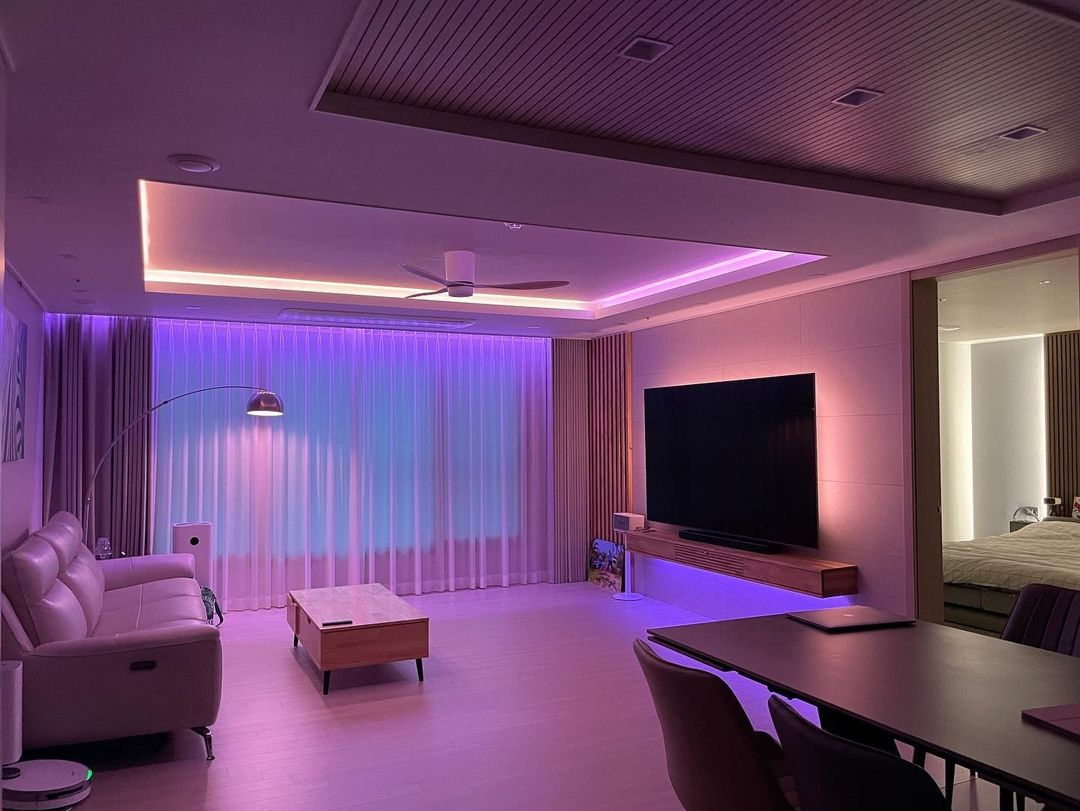
The selection of smart lighting in this living room will work well. You can use your cell phone to turn on this light. Applying led lights to this ceiling will also give the illusion of a wide and tall space. Smart Lighting from @philipshue
After considering all of it, now you know on what to buy when you go to the local Home Depot, right?


